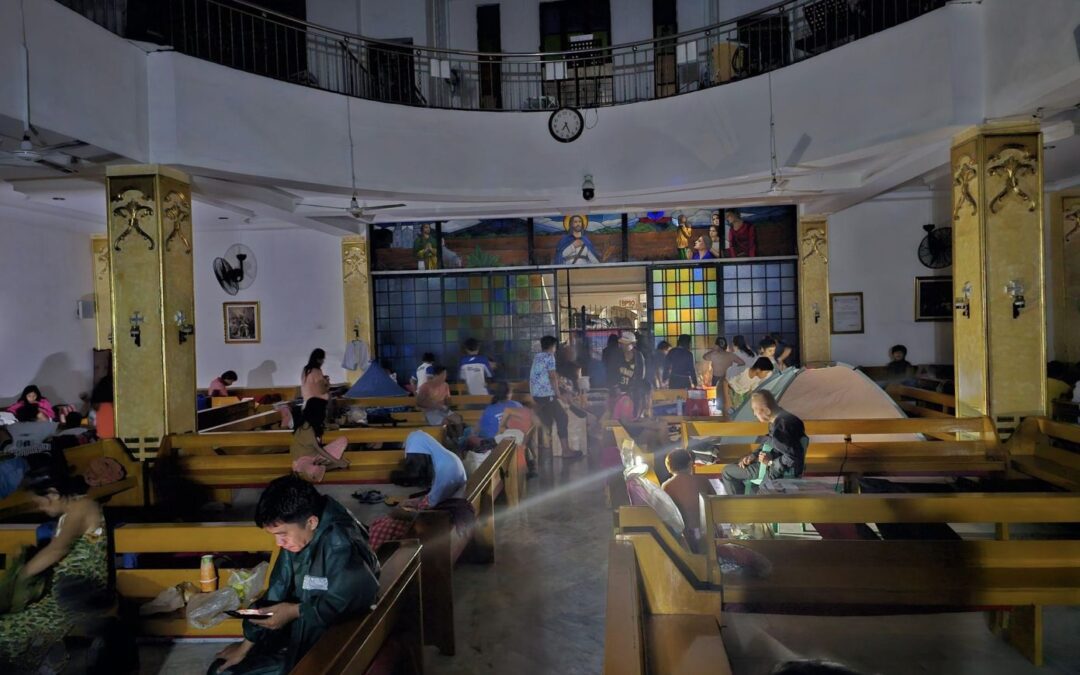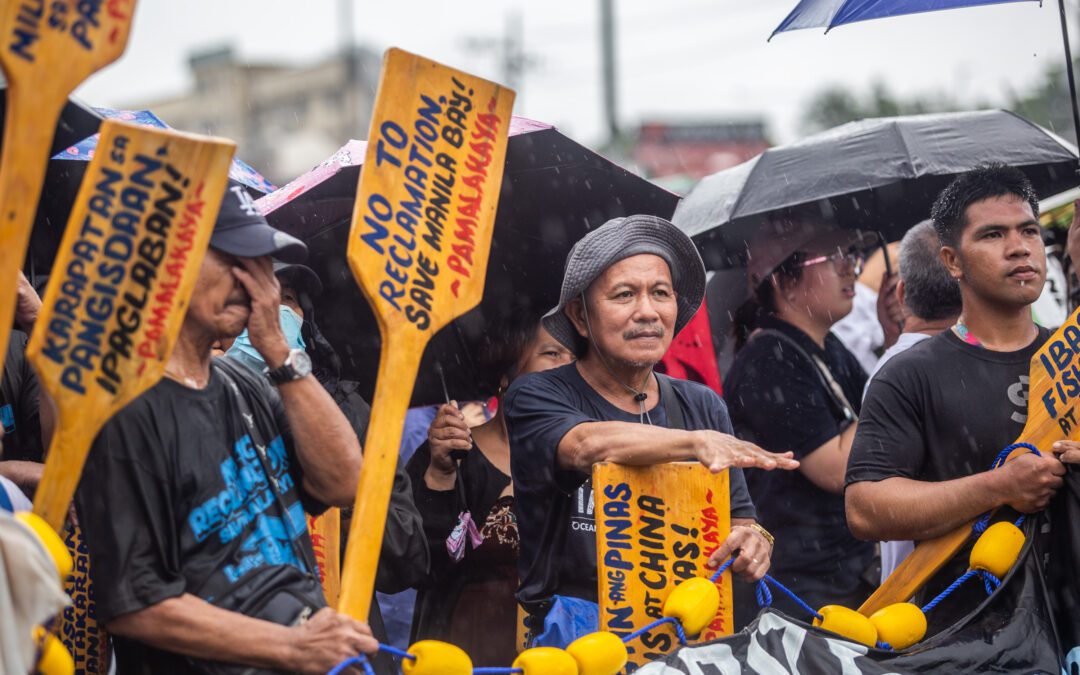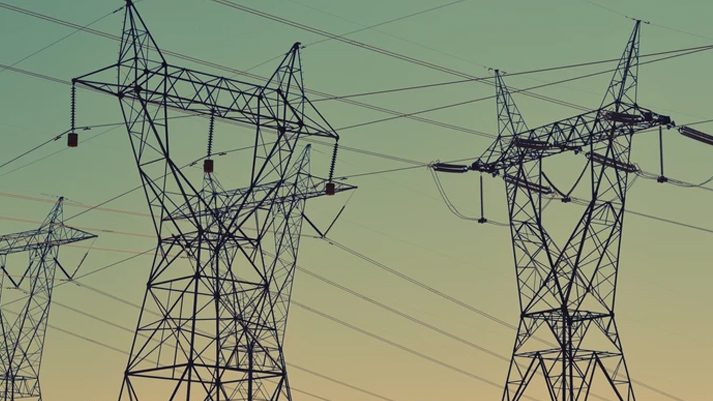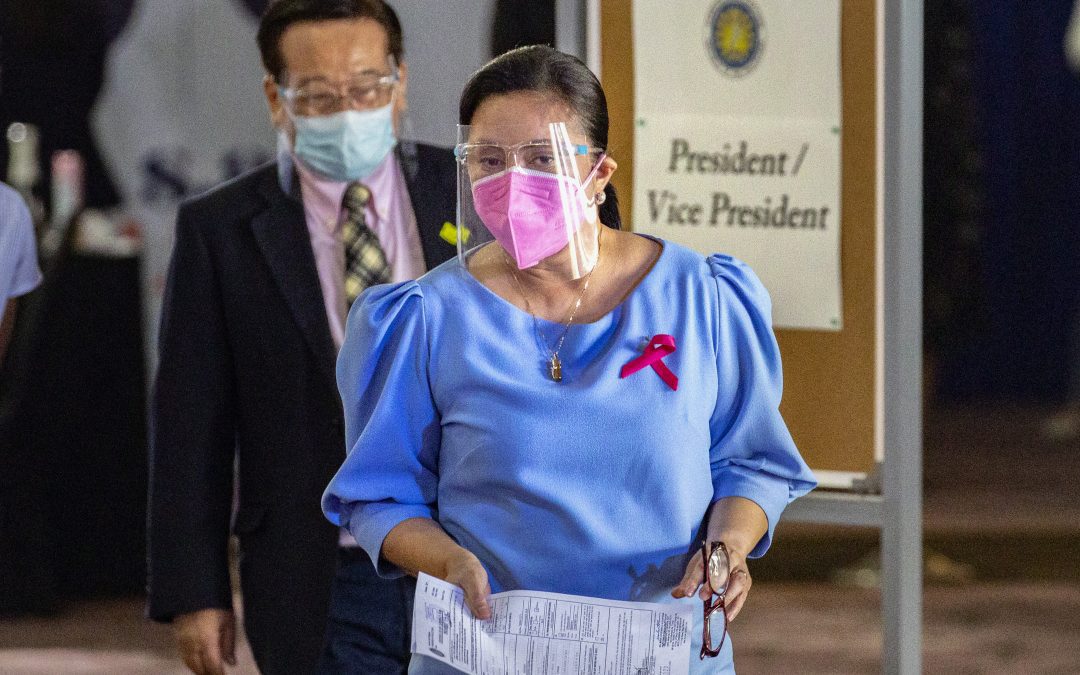Young people living in six Asian countries are among those most at risk of the impacts of the climate crisis, according to a new UNICEF report.
Pakistan, Bangladesh, Afghanistan, India, Myanmar, and the Philippines are among the 33 countries where children are at “extremely high risk” exposure to climate and environmental shocks, with a ranking of 14th, 15th, 25th, 26th, 32nd, and 33rd respectively.
UNICEF launched the report titled ‘The Climate Crisis Is a Child Rights Crisis: Introducing the Children’s Climate Risk Index,’ the first comprehensive analysis of climate risk from a child’s perspective, on August 24.
It ranks countries based on children’s exposure to climate and environmental shocks, such as cyclones, flooding, and heatwaves, as well as their vulnerability to those shocks, based on their access to essential services.
“For the first time, we have a complete picture of where and how children are vulnerable to climate change, and that picture is almost unimaginably dire,” said Henrietta Fore, UNICEF Executive Director.
“Climate and environmental shocks are undermining the complete spectrum of children’s rights, from access to clean air, food and safe water; to education, housing, freedom from exploitation, and even their right to survive. Virtually no child’s life will be unaffected,” she said.
The report said the climate crisis “is already having a devastating impact on the well-being of children globally,” adding that “understanding where and how children are uniquely vulnerable to this crisis is crucial in responding to it.”
The Children’s Climate Risk Index (CCRI) reveals:
- 240 million children are highly exposed to coastal flooding;
- 330 million children are highly exposed to riverine flooding;
- 400 million children are highly exposed to cyclones;
- 600 million children are highly exposed to vector borne diseases;
- 815 million children are highly exposed to lead pollution;
- 820 million children are highly exposed to heatwaves;
- 920 million children are highly exposed to water scarcity;
- 1 billion children are are highly exposed to exceedingly high levels of air pollution
The report stressed that the climate crisis “is creating a child’s rights crisis” by creating a water crisis, a health crisis, an education crisis, a protection crisis, and a participation crisis.
“It is threatening children’s very survival. In all these ways, it is infringing on children’s rights – as outlined in the United Nations Convention on the Rights of the Child,” it added.
In the Philippines, the report found that young Filipinos are highly exposed to coastal floods and tropical cyclones.
Oyunsaikhan Dendevnorov, UNICEF Philippines Representative, said Filipino children face many dangers within their lifetimes, “but if we act now we can prevent it becoming worse.
Dendevnorov said if the country will “invest to make the services” that children depend upon to survive and thrive, “it will help to protect their futures from the impacts of a changing climate and degrading environment.”
The report said 99 percent or “almost every child on earth is exposed to at least one major extreme climate event or hazard.
However, the report revealed that the worst affected countries of the climate crisis “face multiple and often overlapping shocks that threaten to erode development progress and deepen child deprivations.”
The report estimated 850 million children or, 1 in 3 worldwide, live in areas where at least four different climate and environmental shocks overlap while 330 million children, or 1 in 7 worldwide, live in areas affected by at least five major shocks.
UNICEF has called on governments, businesses, and relevant actors to:
- Increase investment in climate adaptation and resilience in key services for children. To protect children, communities and the most vulnerable from the worst impacts of the already changing climate, critical services must be adapted, including water, sanitation and hygiene systems, health and education services.
- Reduce greenhouse gas emissions. To avert the worst impacts of the climate crisis, comprehensive and urgent action is required. Countries must cut their emissions by at least 45% (compared to 2010 levels) by 2030 to keep warming to no more than 1.5 degrees Celsius.
- Provide children with climate education and greens skills, critical for their adaptation to and preparation for the effects of climate change. Children and young people will face the full devastating consequences of the climate crisis and water insecurity, yet they are the least responsible. We have a duty to all young people and future generations.
- Include young people in all national, regional and international climate negotiations and decisions, including at COP26. Children and young people must be included in all climate-related decision making.






0 Comments